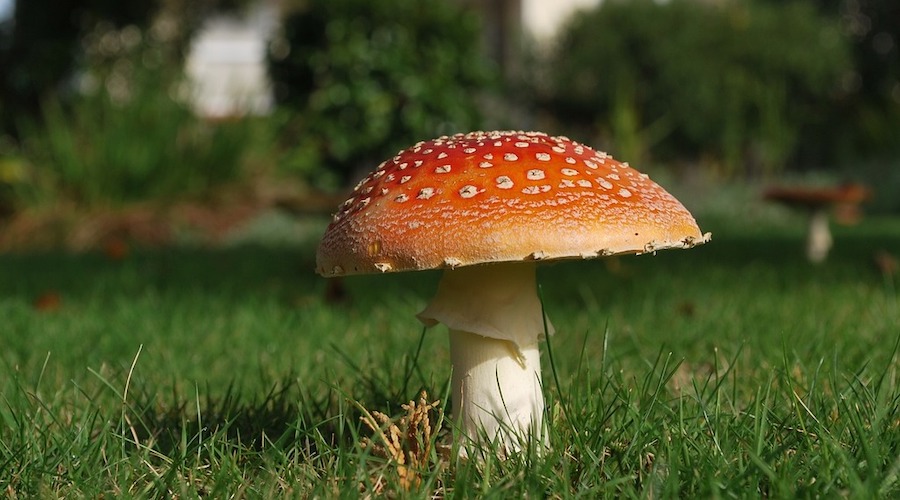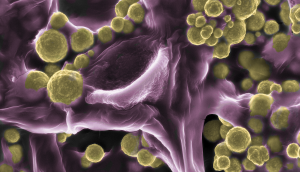Fungi could offer clues for finding new gold deposits

A type of fungi that looks like a thread could offer clues for finding new gold deposits.
According to scientists at Australia’s national science agency CSIRO, fungi known as Fusarium oxsporum attach gold to their strands by dissolving and precipitating particles from their surroundings.
“Fungi can oxidise tiny particles of gold and precipitate it on their strands – this cycling process may contribute to [understanding] how gold and other elements are distributed around the Earth’s surface,” Tsing Bohu, the researcher who led the study, said in a media statement.
Bohu also said that even though fungi are well-known for playing an essential role in the cycling of aluminium, iron, manganese and calcium, gold is so chemically inactive that this recently-discovered interaction is both unusual and surprising.

Coloured image of the gold-coated Fusarium oxsporum fungi. Image by Australia’s national science agency CSIRO.
The scientist and his team are undertaking further analysis and modelling to understand why the fungi are interacting with gold, and whether or not, it is an indication of a larger deposit below the surface.
Given that CSIRO has access to estimates that predict that Australia’s gold production will decline in the near future unless new gold deposits are found, the institution’s experts have decided to pay attention to low-impact exploration tools. They take inspiration from pioneers in the mining industry who are analyzing things such as gum leaves and termite mounds, which can store tiny traces of gold and can be linked to bigger deposits.
“We want to understand if the fungi we studied, known as Fusarium oxsporum – and their functional genes – can be used in combination with these exploration tools to help industry to target prospective areas in a way that’s less impactful and more cost-effective than drilling,” CSIRO chief research scientist, Ravi Anand, said in the media brief.
The researchers also think there is potential to use fungi as a bioremediation tool to recover gold from waste.
More News
Deep Yellow delays decision on Namibia uranium project again
The Australian miner said it would now take a phased development approach to the project instead of a full-scale development until market conditions improve.
April 08, 2025 | 09:07 am
Europe seen struggling to compete with China on rare earths
"Today there's a cost gap of 20% to 40% between a value chain in China and a potential value chain in Europe," a consultancy says.
April 08, 2025 | 08:04 am
BHP could kick off Escondida mine investment this year, executive says
BHP requested initial permits in February as part of a larger plan to maximize production at Escondida.
April 08, 2025 | 07:56 am
{{ commodity.name }}
{{ post.title }}
{{ post.excerpt }}
{{ post.date }}




Comments